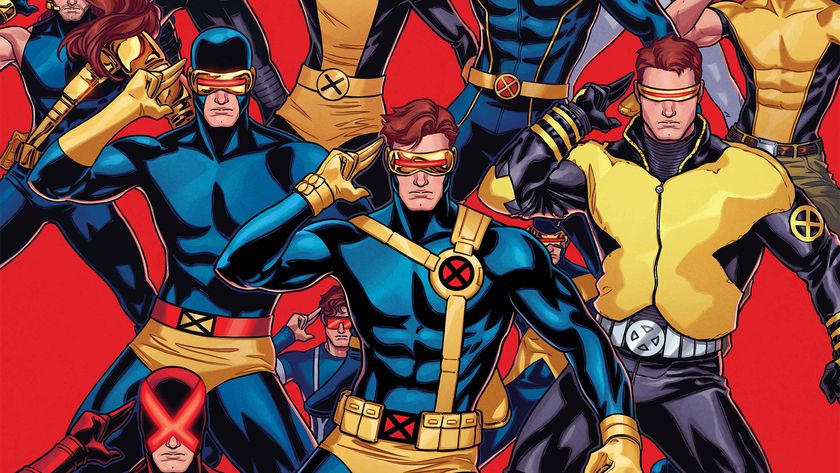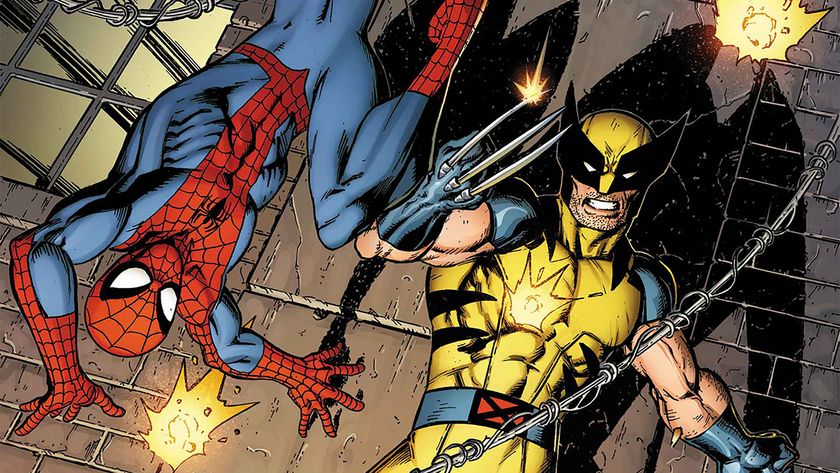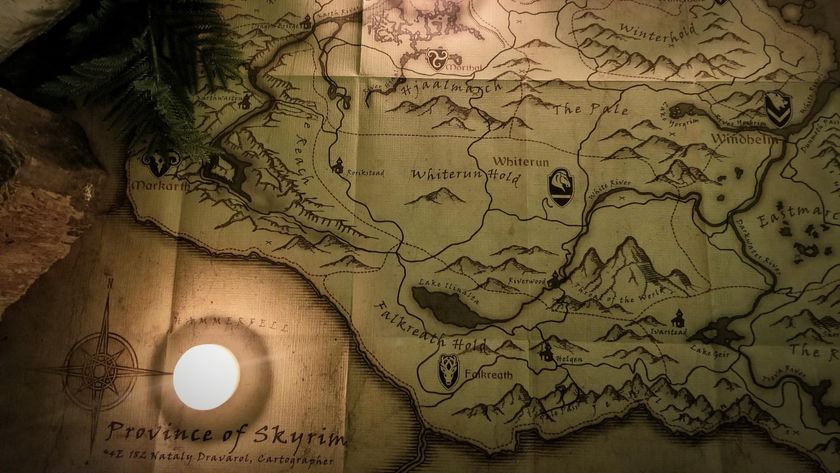The biggest differences between Marvel Comics and the MCU
Marvel Studios usually adapts Marvel comic books pretty faithfully ... but sometimes they don't!
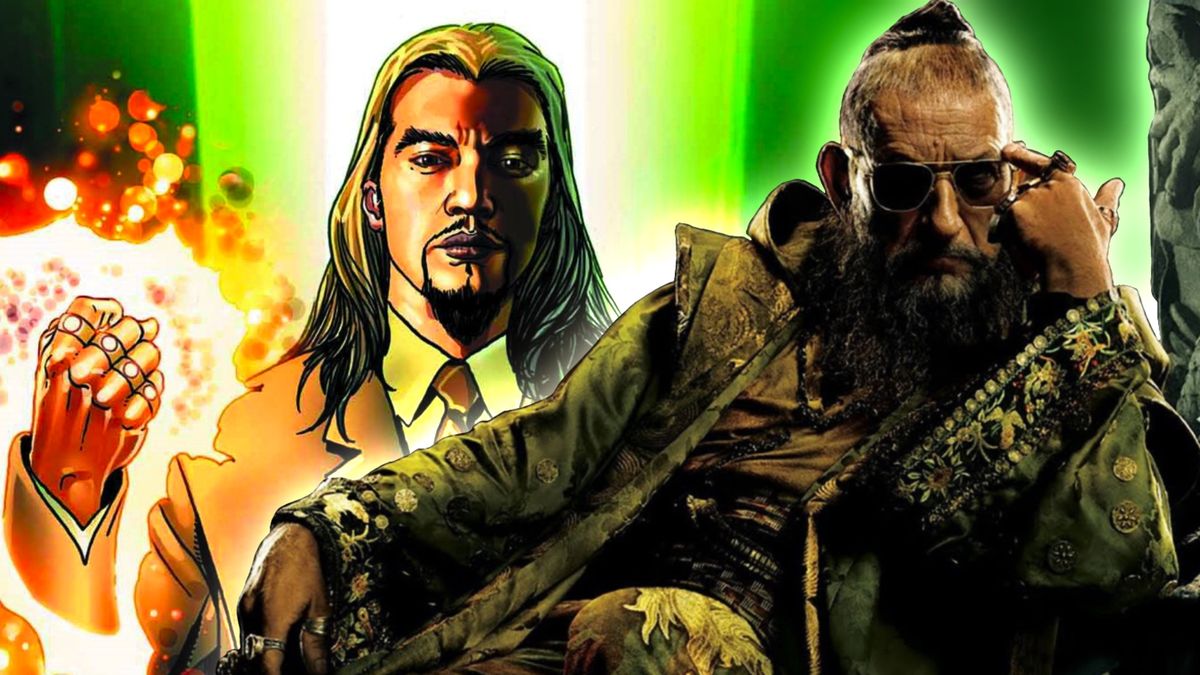
The Guardians of the Galaxy Holiday Special, now streaming on Disney Plus, clocks in at just under an hour, mostly consisting of slapstick Christmas comedy and even a bit of music. But Marvel Studios also manages to squeeze just a bit of story development in there too, revealing that...
Spoiler alert...
Mantis is actually the daughter of Ego, and therefore Peter Quill's sister.
The reveal makes perfect sense for the MCU. But it doesn't really have a basis in comic books, where Peter Quill and Mantis have only ever been teammates, and not particularly close ones.
But that's not the only change Marvel Studios has made to the characters, concepts, and stories of Marvel Comics that its adapted (and not even the only change to Peter Quill's family tree).
These are ten of the biggest changes made between the MCU and Marvel Comics.
Ms. Marvel's backstory
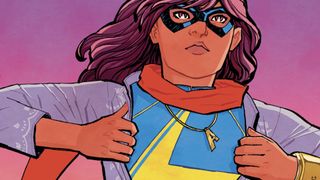
By now almost everyone who follows the MCU knows that Kamala Khan/Ms. Marvel is a mutant in the Marvel Cinematic Universe (as in the X-Men), and that she also shares a connection to mystical beings known as the Clandestine (based loosely on the ClanDestine of Marvel Comics).
Comic deals, prizes and latest news
Get the best comic news, insights, opinions, analysis and more!
But in comic books, she's not a mutant or ClanDestine - she's an Inhuman, who are beings who were genetically engineered by the alien race known as the Kree.
If you're a deep-cut MCU fan, you may remember that ABC aired one season of a failed Inhumans show years ago (which probably isn't considered canon anyway).
Ultron's creator
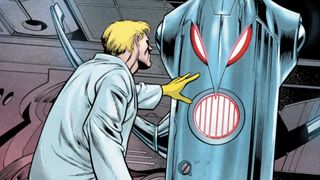
In the MCU, Ultron was more of a one-off threat than a recurring arch-enemy for the Avengers (so far, anyway). And along with his change in status, the MCU Ultron was created by Tony Stark, who was not the creator of Ultron in comics.
In comics, Ultron is actually created by Hank Pym, whose heroic legacy goes on to be directly tied to the killer android throughout his many battles with the Avengers - to the point where Pym is currently bonded with Ultron in the Marvel Universe.
Closer to comics, Ultron actually did create Vision just like in the MCU - though Vision's comic book creation didn't involve an Infinity Stone.
Natasha and Yelena's relationship

The MCU Black Widow movie introduced Natasha Romanoff's adopted sister and fellow Red Room trainee Yelena Belova, whose love for and complicated relationship with Natasha has been the driving force since she took over as the Black Widow in the wake of Natasha's death in Avengers: Endgame.
However in comics, though they are both Black Widows and graduates of the Red Room, they're not particularly sisterly at all - in fact, they're vicious enemies, with the story that introduced Yelena in comics sending her on a mission to take the title of Black Widow from Natasha.
The Kree/Skrull War and Captain Marvel's origin
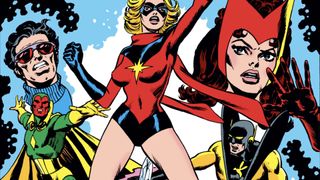
In Captain Marvel, the MCU established its version of the Kree/Skrull War, in which the Kree have been hunting and killing the Skrull for generations, with the Skrull hiding and seeking shelter as refugees. But in comics, it's more of a full-scale war between two massive cosmic empires, each with its share of war crimes under its belt.
Likewise, the eponymous Captain Marvel, Carol Danvers, has a very different origin, which skips her time as the superhero Ms. Marvel, and changes Mar-Vell, the original Marvel Comics version of Captain Marvel, to a scientist rather than a warrior (and also swaps her gender, as the comic book Mar-Vell is a man).
With the Skrulls returning in the upcoming streaming series Secret Invasion, which itself puts an MCU spin on a comic event in which the Skrulls infiltrate Earth society, there's undoubtedly going to be more lore about the Kree and Skrull revealed as well.
The origins of Drax and Peter Quill
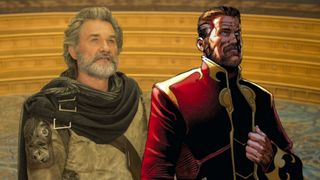
Peter Quill's newfound sister Mantis isn't his only MCU family connection that is a change from comics.
In comics, Peter Quill's father is not Ego the Living Planet, who is, himself, very different in the MCU (in comics he's an actual full-size planet with a face). In Marvel Comics, Peter's dad is an alien conqueror known as J'Son of Spartax, whose alien physiology is not particularly different from that of a human.
And speaking of humans, Peter's Guardians of the Galaxy crewmate Drax has a totally different Marvel Comics origin too. Rather than being the only survivor of an attack by Thanos that killed his family, he's a human being named Arthur Douglas, whose mind is transplanted into the body of the alien warrior Drax the Destroyer.
Thanos' motivations
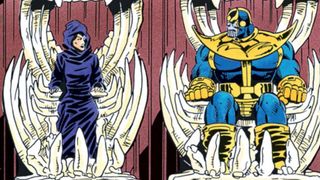
Josh Brolin's Thanos is one of the only MCU villains to get enough screen time to start to rival the heroes in terms of character development and theatrical presence, and part of what makes him so compelling is the complexity of his misguided quest to save the universe from an eventual lack of resources by eliminating half its population.
In comics, however, Thanos is even more directly evil, destroying half of all life in the universe not in the name of a twisted moral ideal, but in the name of love for the Marvel Universe's physical embodiment of Death.
The founding Avengers
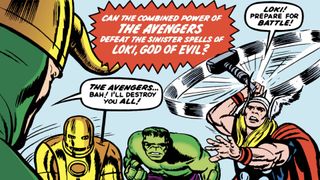
In comic books, the Avengers originally came together as Earth's Mightiest Heroes to take on a threat from Loki that no single hero could withstand (to borrow language from their classic comic book preamble). So in that regard, the MCU founding of the Avengers does resemble comics - with the addition of the Chitauri to the equation, of course.
But when the Avengers originally formed in comics, the team looked quite different. The team initially consisted of Thor, Iron Man, the Hulk, Ant-Man (Hank Pym), and the Wasp (Janet Van Dyne). Captain America didn't join till Avengers #4, the Hulk had already quit the team by Avengers #2, and Hawkeye and Black Widow weren't added till years later.
Planet Hulk
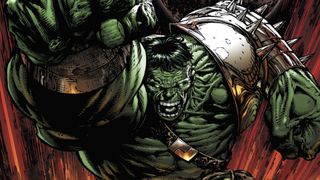
In comics, Planet Hulk was a blockbuster story told in the pages of the Incredible Hulk title, playing out over many issues with the action and plot centered on Hulk. In the original Planet Hulk, Hulk is exiled to space by the Illuminati, landing on Sakaar where he becomes the champion gladiator known as the Green Scar, going on to liberate the planet from its despotic rulers.
But in the MCU, Planet Hulk formed the basis of a significant chunk of Thor: Ragnarok, with Thor joining Hulk on Sakaar and, naturally, taking the spotlight and leading role. That said, the MCU seems to be setting up a continuation of its version of the Planet Hulk story, introducing Skaar, the son of Hulk who was born on Sakaar.
Is the MCU signaling that they're planning to give Planet Hulk a fuller adaptation, or even a version of its sequel World War Hulk, in which Hulk returns to Earth with a grudge?
Civil War
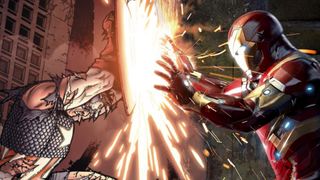
In some ways, Captain America: Civil War is quite a bit like the comic book story it's based on, centering on an ideological conflict between Captain America and Iron Man over how much oversight the government should have on superheroes.
In comics, however, the circumstances that lead to the fight and the events of the fight itself have parallels but are in ways worlds apart. The comic book Civil War involves the deaths of dozens of schoolchildren during a fight between the young superhero team the New Warriors and the explosive villain Nitro, whereas in the film Wanda Maximoff accidentally kills innocent Wakandans and others in Lagos while saving Cap from being blown up by Crossbones. In the comics, the incident led to a subsequent split in which numerous heroes advocated for a new law that would force all heroes in the Marvel Universe to unmask, which was not an issue in the MCU as few of the Avengers have secret identities.
The comic Civil War also ends on a much more tragic note with the seeming death of Steve Rogers (who eventually returned, though the explanation of how is complicated) and the passing of his shield down to Bucky, who became Captain America for a while himself.
The Mandarin and the Ten Rings
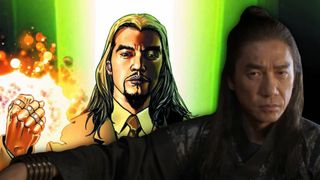
The change of the character of Iron Man's comic book archenemy The Mandarin into a fake terrorist played by an actor is one of the most divisive and notorious alterations the MCU has made to a character in bringing them to the screen.
And even though the version from Shang-Chi and the Ten Rings is much closer to comics, as a Chinese supervillain who wields the eponymous Ten Rings, the Ten Rings themselves are very different from the comic book versions, which are alien artifacts that each possess a different ability.
Interestingly enough, the MCU Ten Rings are actually more comic book accurate now than they were when they first appeared onscreen, as Marvel Comics has since introduced a version of the concept that resembles the MCU Ten Rings.
I've been Newsarama's resident Marvel Comics expert and general comic book historian since 2011. I've also been the on-site reporter at most major comic conventions such as Comic-Con International: San Diego, New York Comic Con, and C2E2. Outside of comic journalism, I am the artist of many weird pictures, and the guitarist of many heavy riffs. (They/Them)
Most Popular







